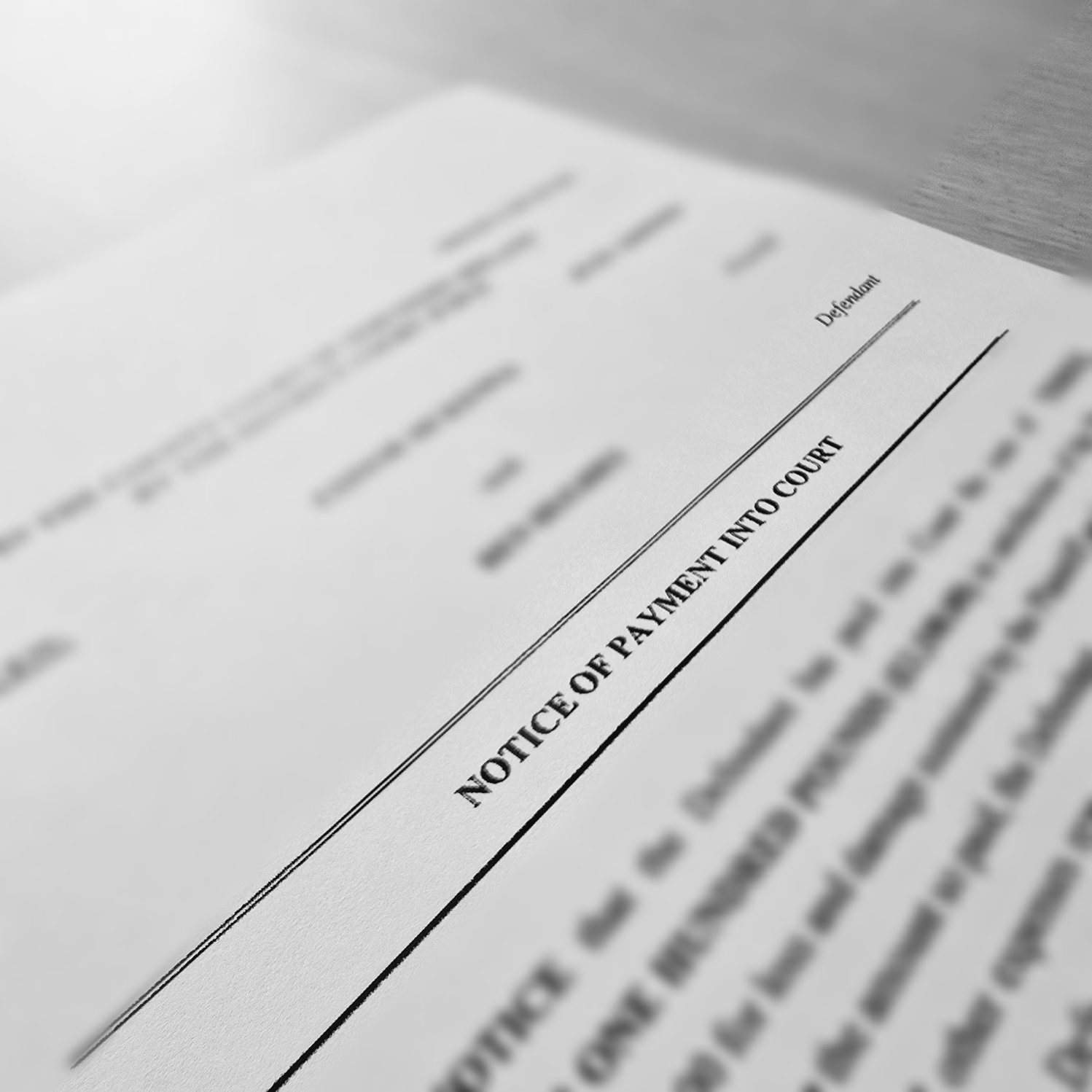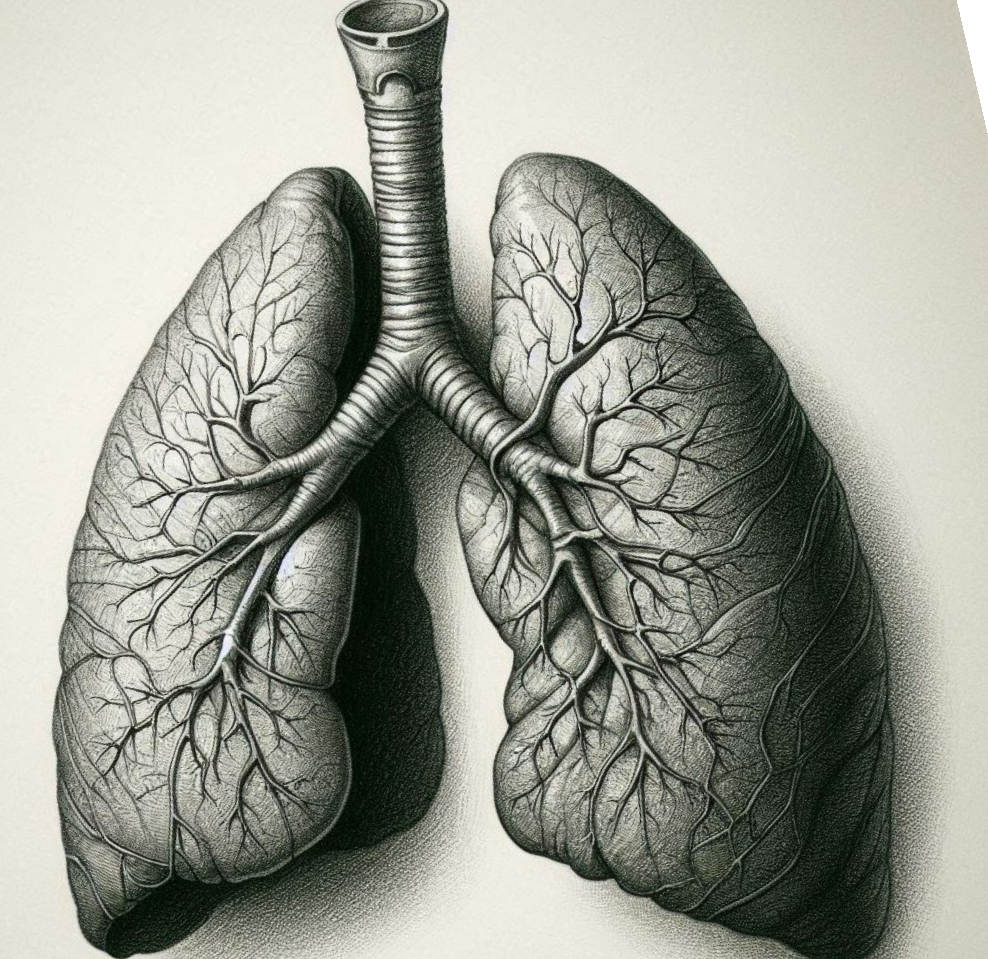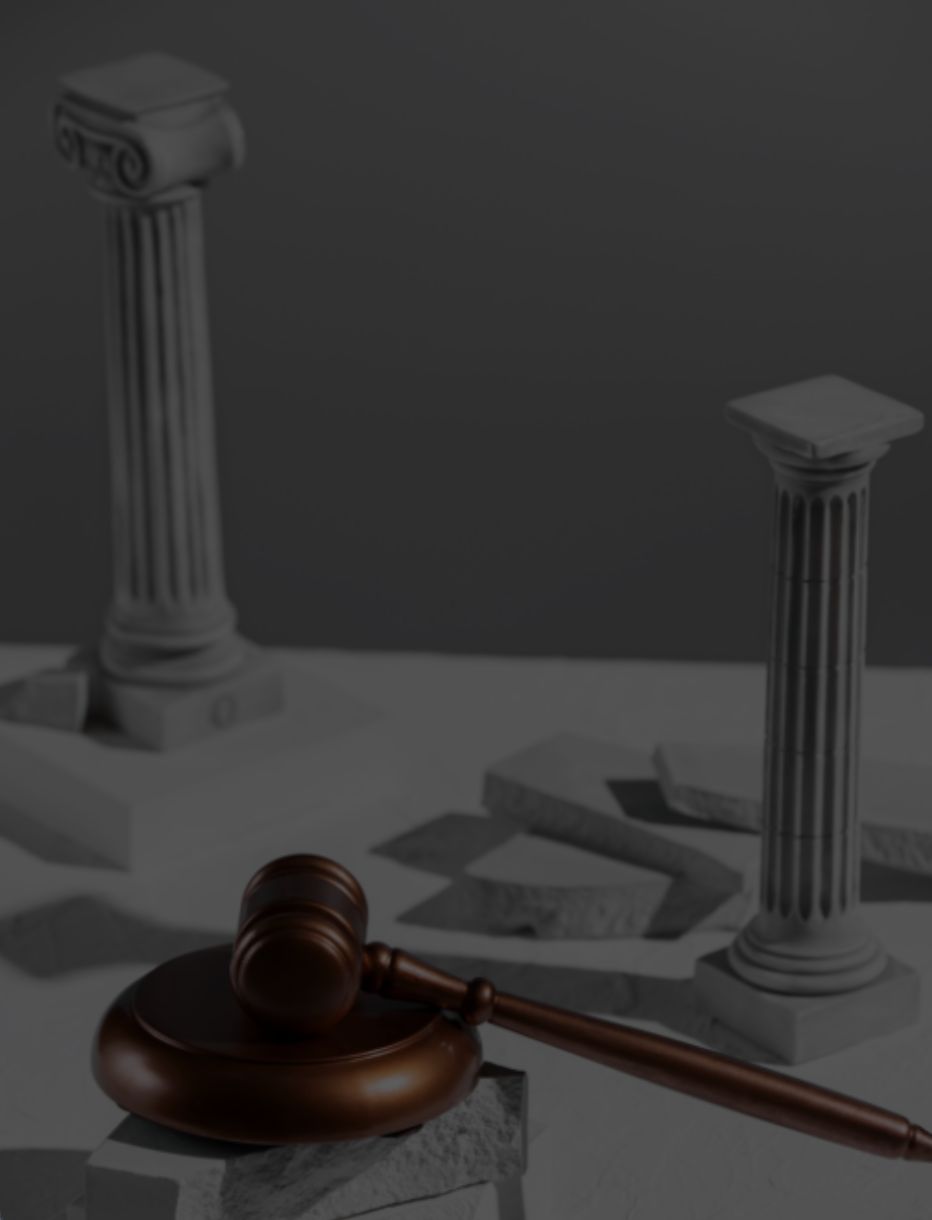On 10th March 2025, The Irish Times reported on an incident where a jogger suffered a broken leg after an alleged collision with an e-bike on the footpath. This raises significant concerns for users of e-bikes and e-scooters in Ireland, particularly regarding liability under civil and criminal law. A key issue is whether the e-bike involved — described as an ENGWE EP-2 Pro Folding e-bike — qualifies as a mechanically propelled vehicle (MPV), as per the Road Traffic and Transport Act 2023, which introduced the concept of a “powered personal transporter” (PPT). The legal clarity surrounding such vehicles continues to develop, especially with the introduction of new regulations that prioritise the safety of both the user and the public.
The Road Traffic and Transport Act 2023: Key Legal Updates for E-Scooters and E-Bikes in Ireland
The Road Traffic and Transport Act 2023 has officially introduced new regulations for e-scooters and e-bikes in Ireland. These regulations aim to ensure the safety of not just e-scooter and e-bike riders, but also pedestrians, cyclists, and other road users. The new framework categorises e-scooters and e-bikes under Personal Powered Transporters (PPTs), with specific technical and usage parameters.
Key New Regulations for E-Scooters in Ireland:
-
E-scooters with a maximum power output of 400 W, a maximum speed of 20 km/h, and a weight of 25 kg are now legal for use on public roads. However, any e-scooter exceeding these parameters will remain illegal.
-
Age restrictions: E-scooter users must be 16 years or older to ensure safety for both riders and the public. Riders are allowed to use their e-scooters in cycle lanes and bus lanes, but not on footpaths or in pedestrianised zones.
-
Usage Requirements: Users must not carry passengers or goods, follow speed limits, and avoid using mobile phones while riding. Additionally, e-scooters must be fitted with necessary safety features, including front and rear lights, reflectors, brakes, and a bell.
New E-Bike Regulations in Ireland:
-
E-bikes with a maximum power output of 250 W, a motor that cuts off once pedalling stops, and a maximum speed of 25 km/h will be classified as bicycles under Irish law. E-bike riders will have the same rights as cyclists, including the ability to use cycle lanes and bus lanes, but they are not permitted to use footpaths.
-
For e-mopeds, which are more powerful than e-bikes, additional regulations apply due to their higher speed potential:
- E-mopeds with a maximum speed of 25 km/h and a power output of 1000 W will be classified as L1e-A e-mopeds, requiring helmet use, and will be permitted to use cycle lanes and bus lanes.
- E-mopeds with a maximum speed of 45 km/h and a power output of 4000 W (L1e-B e-mopeds) will require vehicle registration, an AM driver’s licence, and insurance for throttle-powered versions. These e-mopeds will be prohibited from using cycle lanes, bus lanes, footpaths, and pedestrianised zones.
The Irish vs. UK Approach to E-Scooter Regulations
Until recently, e-scooter usage in Ireland was in a legal grey area. Operators were unsure whether their e-scooters could be legally used on public roads and whether they required a driving licence, insurance, or NCT. The situation was clearer in the UK, where private e-scooters were generally illegal on public roads due to requirements for driving licences, insurance, and vehicle registration under the Road Traffic Act 1988.
In Ireland, the introduction of the Road Traffic and Roads Act 2023 created a new category for Personal Powered Transporters (PPTs), offering clarity. The Road Traffic (Electric Scooters) Regulations 2024 confirmed that e-scooters are classified as PPTs, with rules governing their safe use on public roads. Notably, users must be 16 years or older to operate e-scooters, and the regulations will be enforceable by An Garda Síochána.
Recent Developments and Public Safety Initiatives
From 20 May 2025, the regulations will take effect, providing clear technical and usage specifications for e-scooter and e-bike users. These changes include guidelines that outline how e-scooters and e-bikes can be legally and safely used in public spaces, enhancing safety for pedestrians, other road users, and cyclists. Furthermore, a public information campaign will help educate the public on the new regulations and safety practices.
The National Transport Authority has also restricted the carriage of e-scooters on public transport, citing concerns about lithium-ion batteries and quality control. This restriction will apply to buses, trains, and other modes of transport starting October 2024.
Safety Concerns and the Need for Ongoing Regulation
While the new regulations bring much-needed clarity, the safety of e-scooter riders and the general public remains a priority. Recent reports indicate an increase in serious accidents involving e-scooters and e-bikes, particularly fatal injuries among minors. The absence of a minimum age requirement for some vehicles and the lack of an insurance requirement have raised concerns. Continued oversight and ongoing legislative adjustments will be crucial as e-scooter and e-bike usage continues to rise across the country.
Conclusion
The introduction of the Road Traffic and Roads Act 2023 represents a major step forward in regulating e-scooters and e-bikes in Ireland. With the new regulations set to come into effect by 20 May 2025, Ireland is taking a proactive approach to ensure the safe integration of these vehicles into the country’s evolving transport landscape. By balancing the needs of e-scooter and e-bike riders with the safety of other road users, these regulations offer a promising framework for Ireland’s future mobility. However, as with all new technologies, further regulation may be necessary to address emerging challenges and ensure the safety and rights of everyone on the road.








![Finegan v. McDonald [2025] and Conflicting Expert Evidence in Personal Injury Claims in NI](https://laceysolicitors.com/wp-content/uploads/2024/04/guy-2617866-scaled-1-2048x1366-1.jpg)







